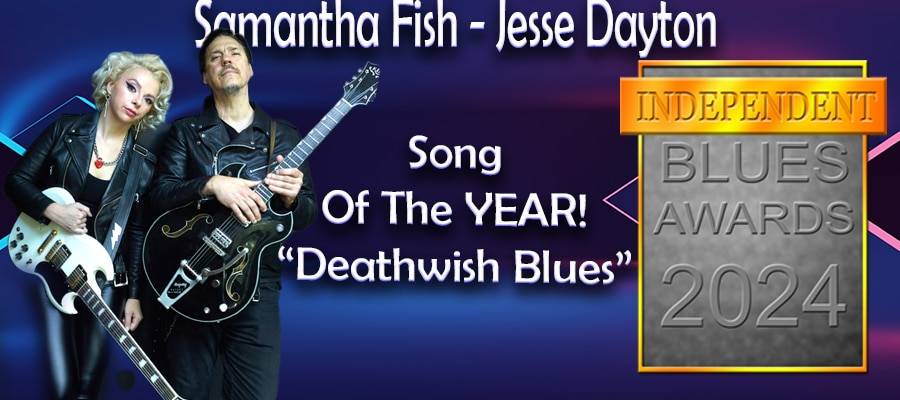Why I Don’t Care About Accurate Analog Modeling

Plugin manufacturers are on a never ending quest to develop the holy grail of plugins…the perfect digital model of a classic analog piece that everyone in the industry embraces as the most accurate, bar none. This is admirable in that it pushes the technology further and further, and now we have top tier mix engineers like Andrew Scheps and Jack Joseph Puig moving to ITB rigs. If that doesn’t signal that we’ve made massive improvements in modeling technology, I don’t know what to tell you.
But honestly, I could care less about what sounds the most like the real thing. Why should I when I’ve never used the real thing? I started recording as a hobby in 2004, only really got serious about it in 2010, and by that time digital was where the market was. I have no point of reference for what a real Neve 1081 sounds like, and $4500.00 is just a bit out of my budget, so I can’t tell you if the Nomad Factory NEQ-1972 sounds more like the original than the Waves V-Eq4. To me, that’s just a pointless exercise anyway. They both have a certain character, and both are valid choices. It’s up to me to decide which one gives the right character to the sound based on what I know the plugin delivers.
Think about it, no two pieces of hardware sound the same due to the nature of it being a physical unit with real connections on imperfect components. The older the unit, the more the internal components will start to change their behavior as they give out and need replaced. Modeling a real Neve EQ that was built in the early 1970’s, no two developers are going to release an EQ that sounds identical. The only way that would be possible is if they all used the exact same unit to create their model from. Otherwise, each different plugin version of something is going to have its own character, just like the actual hardware.
So if I’ve never used the actual hardware, and I have no point of reference for what the real deal sounds like, and the models I’ve used all sound different from one another…you can see why it seems pointless to chase my tail in search of authenticity.
This is freeing though. I’m not constantly looking for “that sound”, and hoping that another developer will nail it. I understand there are people still holding out those hopes, and are very familiar with the modeled gear in question. If that’s you, I understand your desire for accuracy. It’s what you’re used to. That’s fine, and I don’t blame you for seeking this coveted perfect model. It just doesn’t make sense for someone like me, who has no experience with the real hardware, to give that a second thought.
Instead of looking at the tools like perfect representations of something I’ve never used anyway, I look at them as different paint brushes. This can be one justification for owning several copies of the same modeled hardware released by several developers. Since each is going to give a different character and behavior, you may find that one sounds better on one source than another. Case in point, the Nomad Factory NEQ-1972 sounds very warm and has a full low end. I like the sound of the filters on kick, bass, and anything that I want to be big and warm. Meanwhile, the Waves V-Eq4 doesn’t sound the same. There’s no added thickness to the bottom end, the top has more excitement, and the eq overall sounds more present. This would be the Neve 1081 model that I would reach for to EQ a snare drum or a distorted guitar, things I want to have a present top end and a more natural mid-range.
We all have our different approaches. We all have different ways of thinking about things. I would advise you to follow that and do what makes the most sense to you. But ask yourself, critically, why are the things you’re seeking really all that important? If you’re searching for a perfect representation of something you’ve never used yourself, there may be no good reason to keep searching.
Brandon S. Hire
To learn more about Neve 1081’s, check out this documentary style tutorial on the Waves V-EQ4.
Discover more from Making A Scene!
Subscribe to get the latest posts sent to your email.















































